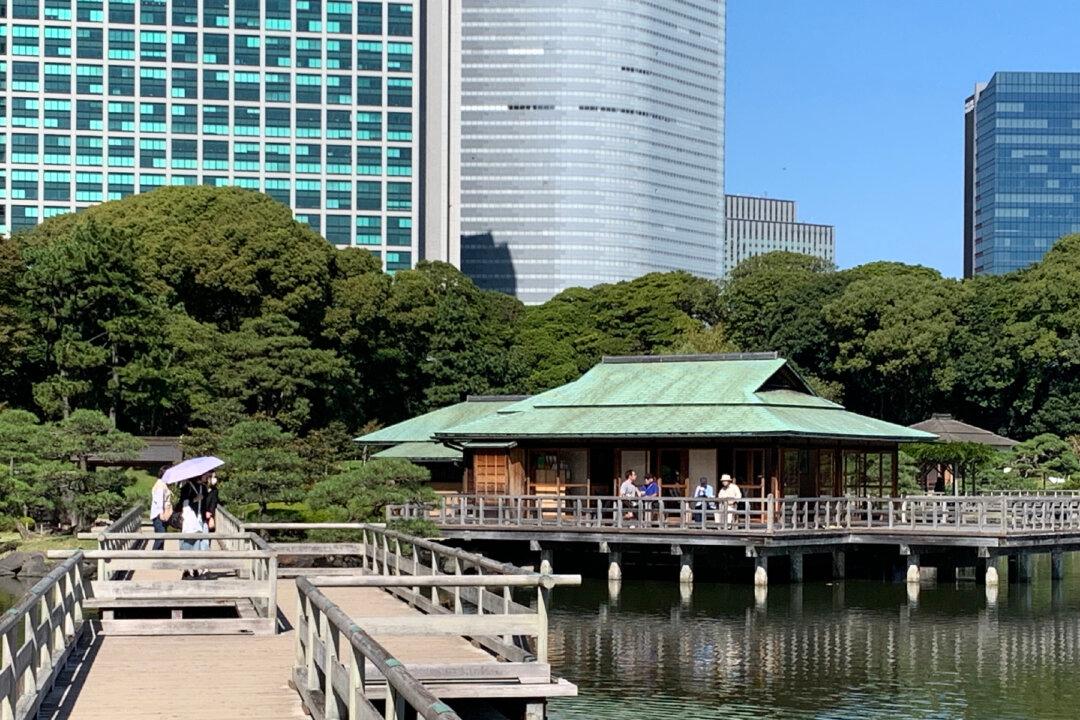“Where’s our ship?” I asked my husband, Carl, in panic as we trekked to the tiny tender pier on the Scottish Isle of Iona. I couldn’t see it anchored where we had left it just hours earlier via a Zodiac rigid inflatable boat (RIB) in the nearby sea. The chilly wind blew through me after I had been trampling around the island and visiting the restored landmark sixth-century abbey. Cold and tired, I was ready for some warm soup and a glass of wine (maybe even a whisky!) once back aboard our ship, the Hurtigruten MS Maud, on which we were sailing for 12 nights. And which now was missing.
Several months earlier, when Carl had perused the Hurtigruten website, he read aloud the British Isles itinerary, which was an inaugural cruise sailing up Britain’s west coast with stops at small islands that most of us haven’t even heard of. I jumped on it.





